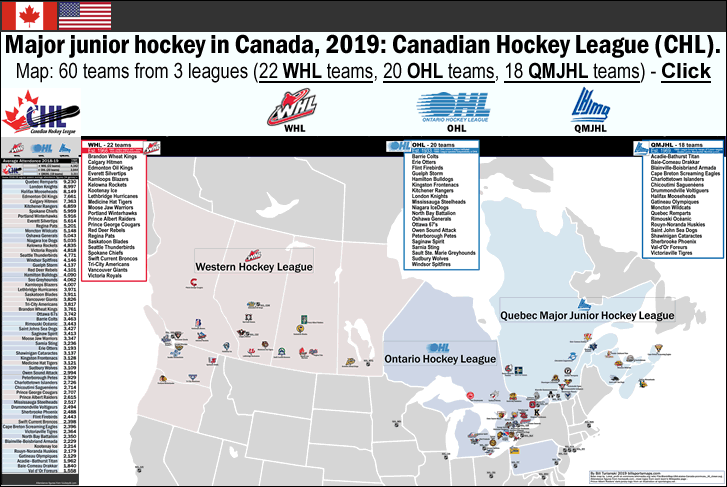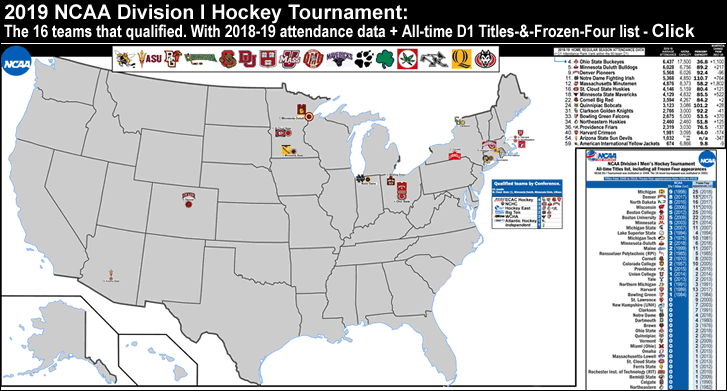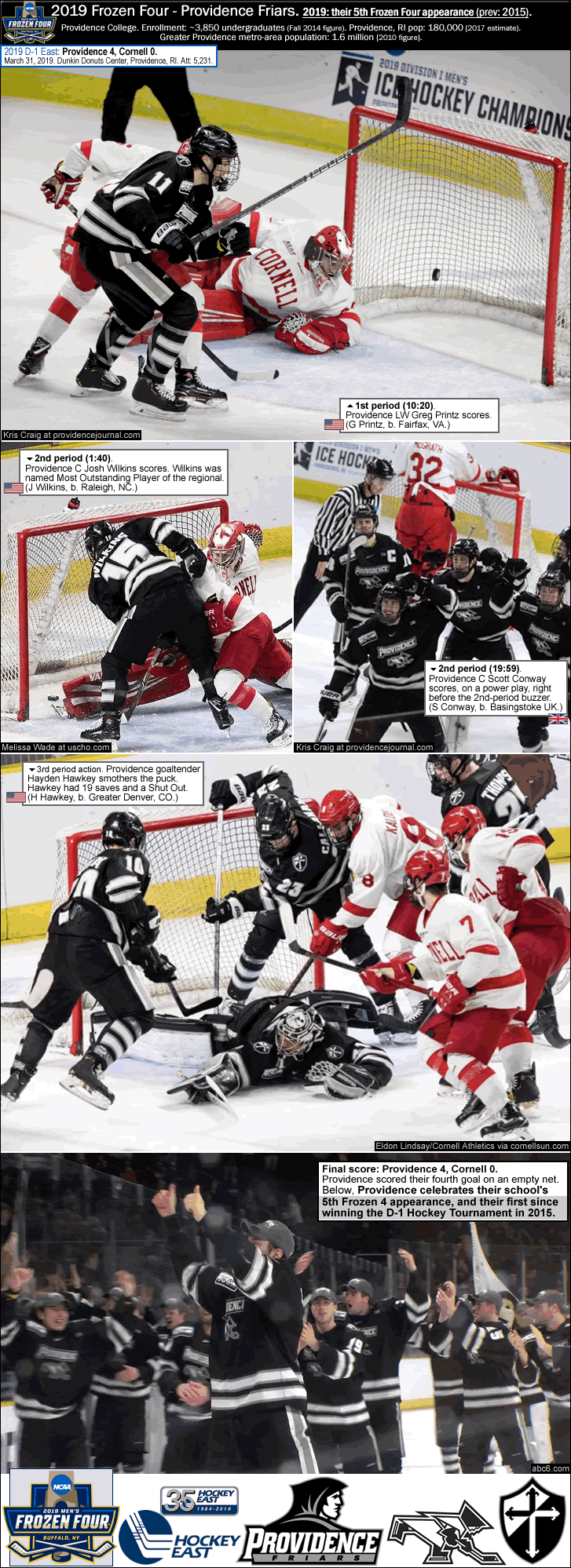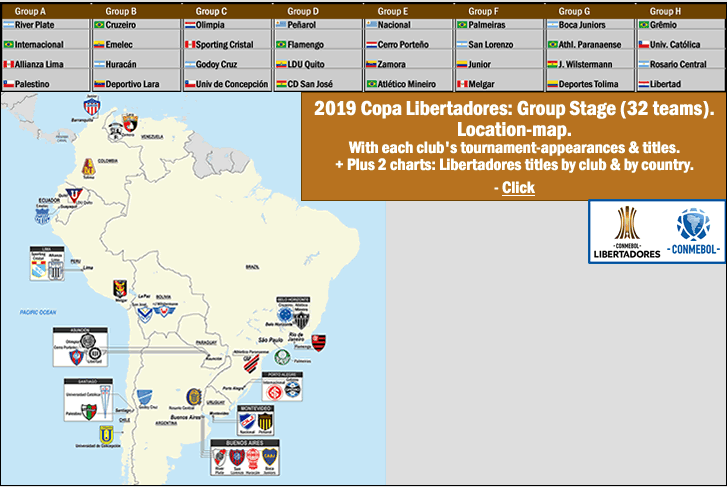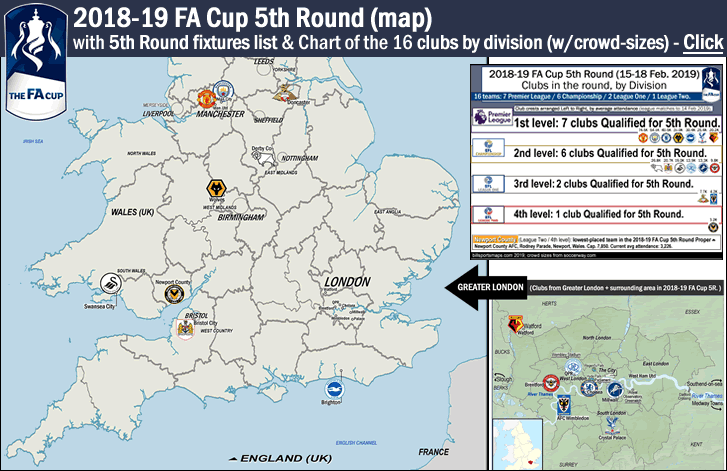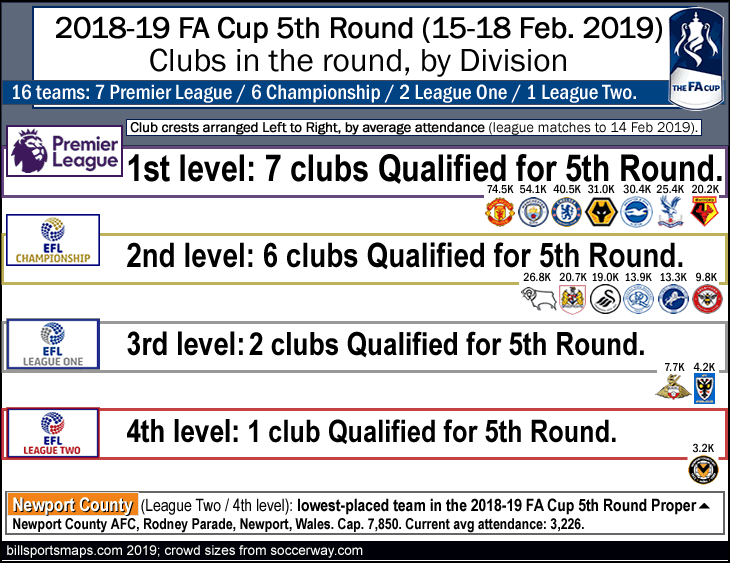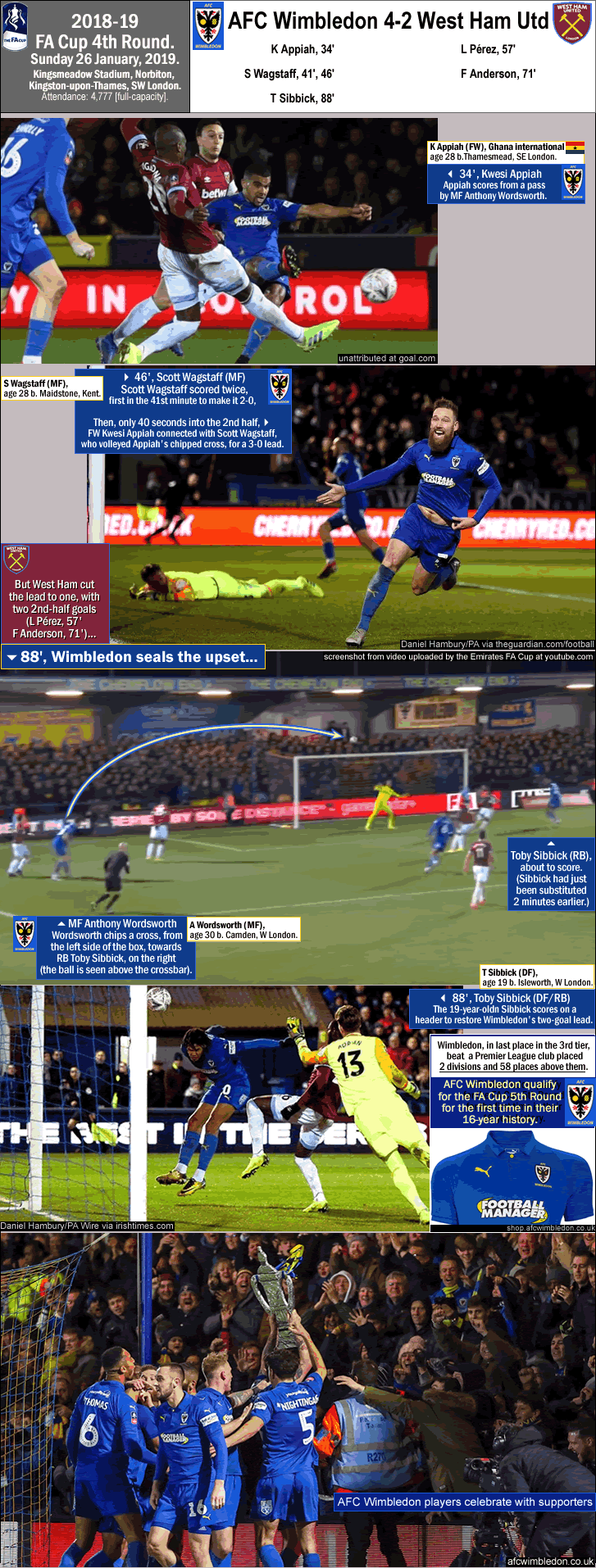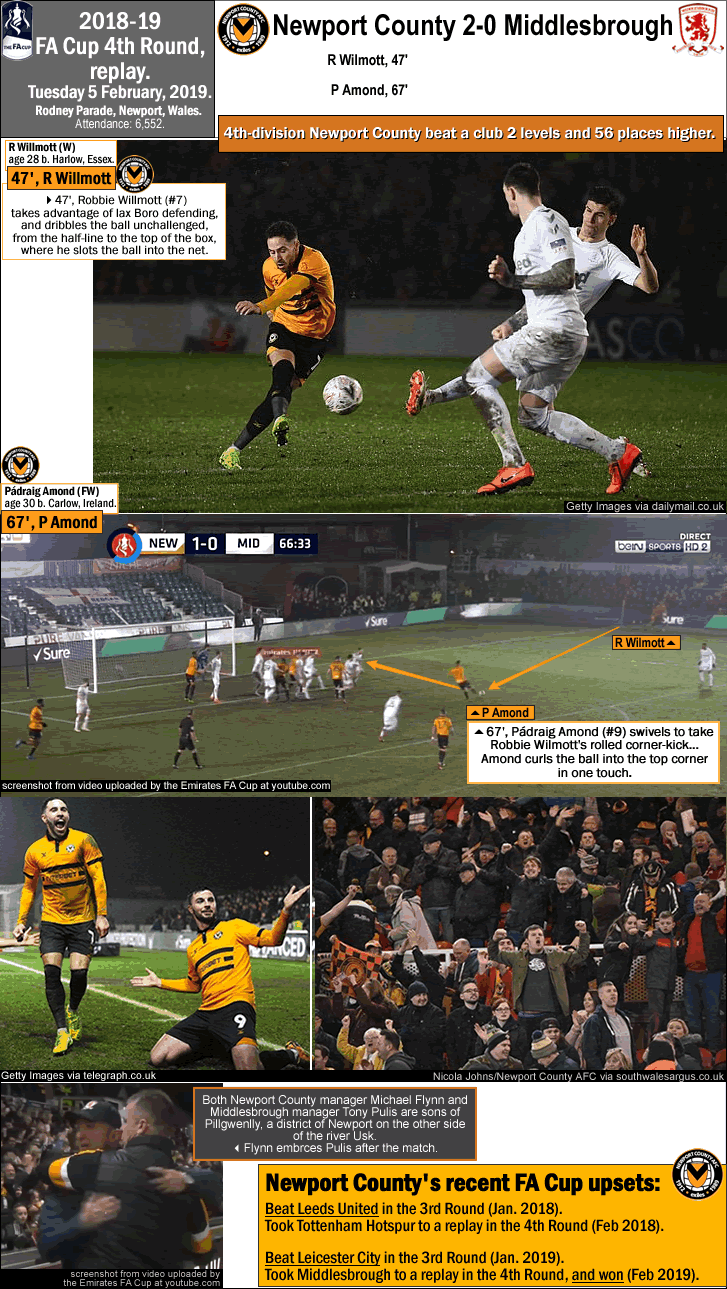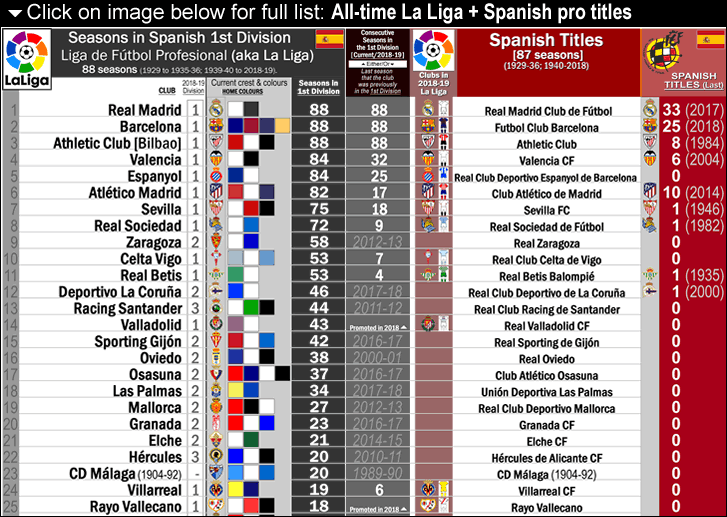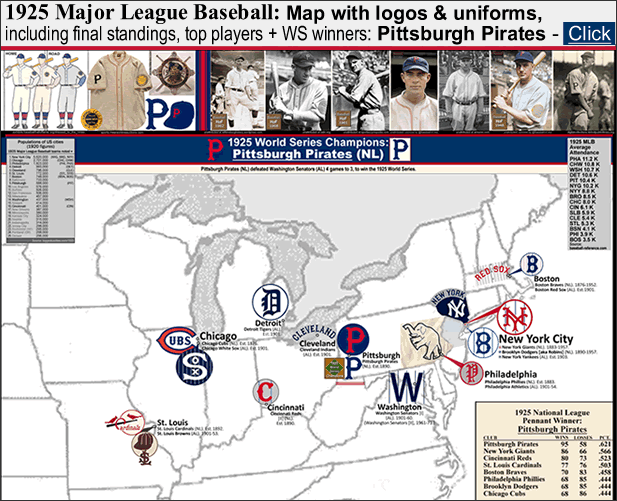
1925 Major League Baseball: map with crests & uniforms, final standings and stats leaders; champions: Pittsburgh Pirates
…
…
By Bill Turianski on 12 April 2019; twitter.com/billsportsmaps.
Sources
-Baseball-Reference.com, 1925 AL season; 1925 NL season.
-Major League Baseball (en.wikipedia.org).
-SportsLogos.net.
-Baseball Hall of Fame’s Dressed to the Nines (uniforms illustrated by Marc Okkonen), exhibits.baseballhalloffame.org/dressed_to_the_nines/database.htm.
-MLB.cm/shop.
-US cities’ populations (1920 figures), biggestuscities.com/1920.
…
This is a new template and category: MLB retro maps. I plan on posting maps of MLB, from 1925, on into the 1930s.
Aspects of the map-and-chart:
A). 1925 location-map of the 16 MLB teams. Home cities listed, then franchises listed in smaller text below the home-city name. Each team (franchise) has at least one logo from that year (in this case, 1925); the logos are sized to reflect average attendance from that season: the higher-drawing teams have larger logos-and-or-multiple-logos. In this case, that applies to the top-drawing teams in the NL in 1925 (the Pirates, the NY Giants, the Brooklyn Robins [aka Dodgers], and the Cubs), and it applies to the top-drawing teams in the AL in 1925 (the Philadelphia Athletics, the White Sox, the Senators, the Tigers, and the Yankees). Similarly, the lower-drawing teams in MLB that season have much smaller logos on the map (in this case, such as the Red Sox and the Phillies).
B). Population of US cities (1920 figures). A small chart showing the 25-then-largest cities of the USA in 1920 is shown at the upper-left-hand side of the map. MLB representation-by-city is noted there. Populations of MLB cities in the 1920s, and drawing-power of the 16 MLB teams from this era, is discussed below.
C). Attendance {data from baseball-reference.com}. 1925 average attendances are shown at the upper-right of the map. They are also shown below. Further below is an article about MLB attendance team-by-team, circa the 1920s.
D). World Series champions (for 1925, the Pittsburgh Pirates). World Series champions are represented by a prominent section at the top of the map. Shown are uniforms and logos, and World Series winners’ rings (or jeweled stick-pin, in this case). Also shown is photo of a ticket from one of the WS games that year (or maybe a souvenir program from the WS that year, or a Press pin). A photo of the manager of the WS winner is shown, along with 5 or 6 or 7 photos of the top players on the WS-winning team that year. (Top players are determined by WAR [Wins After Replacement].) Players who have been elected to the Baseball Hall of Fame [HoF] are noted, by a bronze-colored square with year of HoF election listed.
E). Top players in MLB for that season are shown at the foot of the map. Photos of stats leaders in several categories are shown…for Pitchers: ERA, Wins, and WAR (Pitchers); for Position-Players: Batting Average (BAvg), HR, RBI, OPS, and WAR. Again, HoF players are noted.
F). MLB team sections: flanking sections, in alphabetized chart-form, show the 8 NL franchises (of 1925) on the far-left of the map, and the 8 AL franchises (of 1925) on the far-right of the map.
(Note: all 16 of the MLB franchises from this era still exist, although, of course, some franchises [9 franchises] have moved to different cities.) In each franchise’s rectangular box is shown their uniforms from that season, and at least one of their primary logos from that season, along with a narrow bar that is in the team’s colors that season. A photo of the present-day-franchise’s home ball cap is shown [2019 caps]. And franchise info is shown for each team, including: years of existence [seasons in NL or AL], location(s), league-titles [Pennants] and MLB titles [WS titles], plus any franchise movements. Standard abbreviations for each team are used. As far as former teams go, to avoid any confusion, I used baseball-reference.com’s abbreviations. {Here: baseball-reference.com/about/[team_IDs](aka abbreviations).}
G). NL and AL final standings and the World Series result, for that year, are shown in the lower-right-hand side of the map, in a rectangle which is the approximate color of a faded old newspaper. I used a Times Roman font in this section to further evoke the newsprint style of that era.
I tried to make the map look like it was printed in a newspaper from ninety years ago, but then inlaid with full-color logos.
I will post my 1926 MLB map (featuring 1926 WS champions the St. Louis Cardinals), in late May 2019.
…
A look at MLB attendance, circa the mid-1920s, by city
(There were 10 cities with MLB teams back then)…
1925 MLB Average Attendance
PHA 11.2 K
CHW 10.8 K
WSH 10.7 K
DET 10.6 K
PIT 10.4 K
NYG 10.2 K
NYY 8.8 K
BRO 8.5 K
CHC 8.0 K
CIN 6.1 K
SLB 5.9 K
CLE 5.4 K
STL 5.3 K
BSN 4.1 K
PHI 3.9 K
BOS 3.5 K
Source:
baseball-reference.com/[1925/MLB/attendance+misc.].
Overall, MLB attendances from the 1920s are rather low by modern standards. But this was in an era before night games, and A-shift workers were at work when most MLB games were played back then (in other words, the working-class baseball fan in the 1920s would usually only be able to get to the ballpark on weekends). Circa 1925, a high-drawing MLB team would be defined as one who drew as little as 10-to-13 K. When the Yankees started dominating in the 1927-28 time period, they were still playing to a whole lot of empty seats at Yankee Stadium, drawing only 15.1 K per game in 1927, and 13.9 K in ’28. It wasn’t until after World War II that MLB teams began drawing in the 15-to-25-K range, and even into the 1950s, the attendances seem pretty low compared to modern figures. For example, 30 years after 1925, in 1955, the top-drawing MLB team was the Milwaukee Braves at 23.1 K per game, while the New York Yankees, then at the peak of their domination of Major League Baseball, were drawing 2nd-best at just 19.3 K.
Generally speaking, the three biggest influences on crowd-size were (and still are): the size of the city itself, the success of the ball club at that point in time, and the quality of the venue.
New York, NY (this city had 3 MLB teams in 1925): The 3 New York City-based teams generally had higher attendances than, say, teams from much smaller cities, like Cincinnati: that’s just logical [NYC had about a 5.6 million population in 1920].
Brooklyn Dodgers: In 1925, the Brooklyn National League ball club was then known as the Robins, although many Brooklynites did also call them the Dodgers. Brooklyn was pretty bad for long periods of time in both the 1920s and the ’30s, and in 1925 they finished in second-to-last (7th place), but Brooklyn still drew a decent 8.1 K per game at Ebbets Field.
New York Giants: The New York baseball Giants, at the Polo Grounds in northern Manhattan, were good enough for 2nd place in the NL in 1925, and the Giants drew a solid 10.2 K per game. The Giants were a dominant team of the early 1920s, coming off of 4 straight NL Pennants and 2 WS titles (in 1921 & ’22).
New York Yankees: A mile east of the NY Giants, across the narrow Harlem River, in the Bronx, were the then-upstart New York Yankees, at their new palace of baseball, Yankee Stadium. The Yankees had been renters of the Giants at the nearby Polo Grounds from 1913 to 1922, but the Giants kicked the Yankees out when they started stealing their media-attention and drawing better than them. (The original Yankee Stadium had opened in April 1923.) The Yankees had won their first AL pennants in 1921 and ’22, and were first-time World Series champions in 1923. The Yankees drew 13-to-15-K per game through these 3 years (1921-23). The Yankees had an off-season in 1925, and finished in 7th in the AL, and their gates reflected that, with an average crowd of 8.8 K (down about 7 K per game, from four years earlier).
Chicago, IL (this city had 2 MLB teams in 1925): America’s second-city back then was Chicago, IL [Chicago had a population of 2.7 million in 1920]. Chicago’s 2 MLB teams – the White Sox and the Cubs – drew well, especially when they fielded competitive teams, but even when losers, both still drew better than most (similar to the 3 NYC teams). Both teams had been successful earlier on, but by the mid-1920s had fallen into mediocrity.
White Sox: At the old Comiskey Park on the South Side of Chicago, the AL’s White Sox drew 10.1 K per game as a 5th place team in 1925.
Cubs: The Chicago Cubs finished in last in the National League in 1925, yet still drew 8.0 K per game at Cubs Park [which was re-named Wrigley Field in 1926].
Philadelphia, PA (this city had 2 MLB teams in 1925): Third-largest city in America in 1920 was Philadelphia, PA [1.8 million population back then]. And there, it was a case of one Philly ball club with very strong drawing power (the Philadelphia Athletics), and one Philly ball club which was a perennially poor-drawing basement-dweller (the Philadelphia Phillies).
Philadelphia Athletics: The Athletics were successful (6 AL pennants and 3 WS titles up to that point), and they had an excellent venue back then (Shibe Park). In 1925, as a 2nd-place team, the Athletics drew best in MLB, at 11.2 K per game.
Philadelphia Phillies: The Philadelphia Phillies played at the bandbox that was the Baker Bowl; in 1925 they drew 2nd-lowest in 1925, at 3.9 K per game, and finished in 6th.
St. Louis, MO and Boston, MA (both these cities had 2 MLB teams each in 1925): Of the 5 cities with multiple MLB teams in this era (New York City, Chicago, Philadelphia, St. Louis, Boston), the two smallest of those cities, St. Louis and Boston, had teams that very often struggled at the gate, especially when they were lousy. (Both St. Louis and Boston only had about .75 million people back in 1920.)
Boston, MA: The Boston Red Sox were bad in the 1920s, and averaged sparse crowds at Fenway Park, in the abysmal 3-to-4 K-per-game range; ditto the Boston Braves, at Braves Field.
St. Louis, MO: St. Louis had a big-team/small-team-dynamic like the one in Philadelphia: one very-often-competitive team (the St. Louis Cardinals) that drew generally much better than the local basement-dwellers (the St. Louis Browns). Ironically, the better-drawing and more successful team in St. Louis – the Cardinals – were renters to the sad sack Browns, at the old Sportsman’s Park there.
Detroit, MI and Cleveland, OH: In the 1920s, there were two cities that only had one Major League team (an American League team), yet were slightly larger than the two-team cities of St. Louis and Boston. Those two cities were Detroit, MI [the 4th-largest city in the USA in 1920 with a .99 million pop], and Cleveland, OH [at .79 million, the 5th-largest in 1920].
Detroit Tigers: At Navin Field [Tiger Stadium], Detroit could draw strong crowds: they drew 10.6 K per game as a mediocre .513 Pct/4th place team in 1925. The Tigers remained a top-5-drawing team through most of the 1920s.
Cleveland Indians: Cleveland had less drawing power; they drew 5.4 K in 1925 at League Park, as a 6th place team. The following season of 1926 saw the Indians in a pennant-race, yet they drew an underwhelming 7.8 K.
(Note: the 8th-largest city circa the 1920s was Baltimore, MD [.73 million], but Baltimore, which had a very successful NL franchise in the late 1800s [Baltimore Orioles (I) (1882-99)], was shut out of the Majors from 1903 to 1953. Baltimore had had an AL team in the American League’s first two seasons [Baltimore Orioles (II) (1901-02)], but that franchise moved to New York in 1903, to become the NY Highlanders [then changed their name to the NY Yankees in 1913].) Baltimore would have to be content with a minor league ball club for five decades, before the city lured the struggling St. Louis Browns AL franchise to move to Baltimore and become the Baltimore Orioles (III) in 1954.)
Pittsburgh Pirates: Ninth-largest city in America in the 1920s was Pittsburgh, PA [.58 million]. The Pirates played at Forbes Field from 1909 to 1970. Pittsburgh drew well when they were winning (like in the 1925-29 time period). And the Pirates had the highest NL attendance, and the 5th-highest attendance in all of MLB in 1925, at 10.4 K per game. Under manager Bill McKechnie, the 1925 Pirates were the Major League champions, defeating the reigning champs, the Washington Senators, 4 games to 3, in the 1925 World Series.
Washington, DC and Cincinnati, OH: That covers 14 of the 16 MLB teams circa 1925. The other two MLB teams back then came from considerably smaller cities: Washington, DC [14th-largest US city in 1920 at .43 million], and Cincinnati, OH [16th-largest US city in 1920 at .40 million]. Back then, Washington, DC and Cincinnati, OH, both with populations of around 400,000, were almost half the size of cities like St. Louis or Boston. So it’s not surprising that both MLB teams from these two smaller cities generally drew low crowds.
Washington Senators: But in 1925, the Washington Senators were reigning World Series champs (the Senators won their only WS title in 1924). And in 1925, the Washington Senators were en route to a second-straight AL pennant title, and consequently had some of the largest crowds that year (the Senators drew 3rd-best in all of MLB in 1925, at 10.7 K per game at Griffith Stadium). But to give you an idea of how unusual that was for the often hapless Senators, that 10.7 K per game that Washington drew in 1925 would not be surpassed by the team until 21 years later, in 1946.
Cincinnati Reds: As for Cincinnati, they could maintain somewhat decent crowds when marginally competitive. In 1925, the Reds finished in 3rd in the NL, 7 games above .500, and drew 6.1 K. Which is not bad at all for the team from the smallest MLB city of the 1920s. The Reds played at Crosley Field (1912-1970).
…
1925 MLB stats Leaders.
ERA: Dolph Luque, Cincinnati Reds.
Wins: Dazzy Vance, Brooklyn Robins.
Batting Avg: Rogers Hornsby, St. Louis Cardinals.
HR: Rogers Hornsby, St. Louis Cardinals.
RBI: Rogers Hornsby, St. Louis Cardinals.
On Base+Slugging Pct (OPS): Rogers Hornsby, St. Louis Cardinals.
Wins Above Replacement (WAR):
(Position Players): Rogers Hornsby, St. Louis Cardinals.
(WAR for Pitchers): Herb Pennock, New York Yankees.
___
Photo and Image credits on the map page…
Base map: Outline map of USA from University of Texas at Austin online archive (Perry-Castañeda Library Map Collection), legacy.lib.utexas.edu/maps/united_states.html; legacy.lib.utexas.edu/maps/united_states/usa_blank2.jpg.
Banner: 1925 WS champs, Pittsburgh Pirates…
1925 WS ticket, from hugginsandscott.com. Ticket-stub segment, from sports.ha.com/1925-world-series-game-seven-full-tickets-sheet.1925 Pirates uniforms, illustrations by Marc Okkonen at exhibits.baseballhalloffame.org/dressed_to_the_nines/[1925-PIT]. 1925 Pirates jersey [original], from sports.mearsonlineauctions.com. 1925 Pirates jeweled pin (1925 WS champions pin), from tjscollectiblesinc.com. Bill McKechnie [photo from 1925 WS], unattributed at wilkinsburghistory.wordpress.com. Kiki Cuyler [photo from 1925], unattributed at sabr.org. Max Carey [photo circa 1922], unattributed at sportsecyclopedia.com. Glenn Wright [colorized photo from 1925], photo unattributed/colorized by Baseball In Color at twitter.com/@BaseballInColor; unattributed at pinterest.com. Vic Aldridge [photo from 1925], unattributed at amazon.com. Pie Traynor [colorized photo from 1925], photo unattributed/colorized by Baseball In Color at twitter.com/@BaseballInColor. Lee Meadows [photo from 1927], from Detroit Public Library digitalcollections.detroitpubliclibrary.org.
…
1925 MLB Stats leaders…
Dolph Luque [photo circa 1923], photo from twitter.com/[@Reds]. Dazzy Vance [photo from 1925], photo unattributed at ebay.com. Rogers Hornsby [photo from 1925], photo by Sporting News and Rogers Photo Archive via Getty Images at gettyimages.com. Rogers Hornsby [US Postal Service stamp from 2000], from mysticstamp.com. Herb Pennock [photo circa 1926], photo unattributed at 1927-the-diary-of-myles-thomas.espn.com/herb-pennock.
…
Colorized photo of Philadelphia Athletics 1925-27 elephant-logo jersey, photo unattributed and colorized by Natalia Valiukevich/mediadrumworld.com via dailymail.co.uk/article.
…
Thanks to all at the links below,
-University of Texas at Austin online archive (Perry-Castañeda Library Map Collection), legacy.lib.utexas.edu/maps/united_states.html.
-Baseball-Reference.com, 1925 AL season; 1925 NL season.
-Major League Baseball (en.wikipedia.org).
-SportsLogos.net.
-Baseball Hall of Fame’s Dressed to the Nines (uniforms illustrated by Marc Okkonen), exhibits.baseballhalloffame.org/dressed_to_the_nines/database.htm.
-MLB.cm/shop.
-US cities’ populations (1920 figures), biggestuscities.com/1920.
